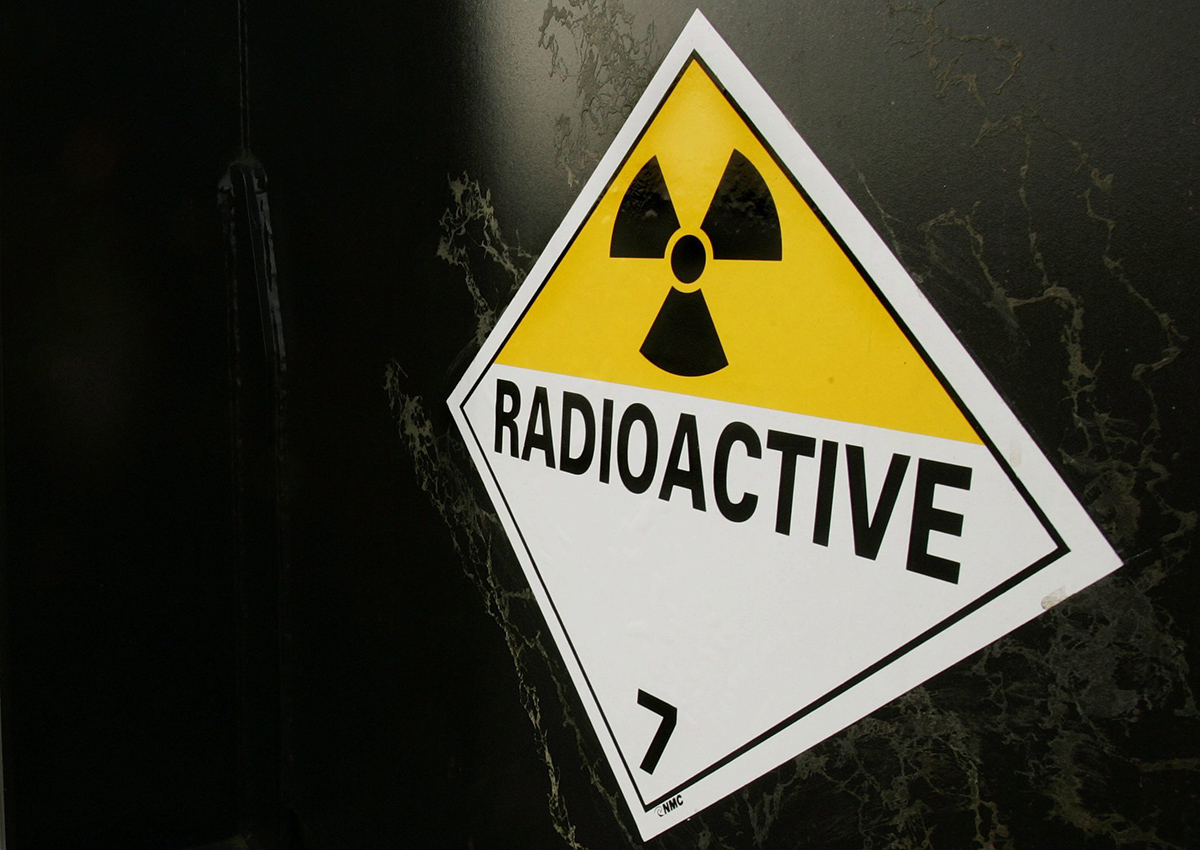Russia‘s meteorological service confirmed on Monday “extremely high” concentrations of the radioactive isotope ruthenium-106 in several parts of the country in late September, confirming European reports about the contamination this month.

“Probes of radioactive aerosols from monitoring stations Argayash and Novogorny were found to contain radioisotope Ru-106” between September 25 and October 1, the Rosgidromet service said.
The highest concentration was registered at the station in Argayash, a village in the Chelyabinsk region in the southern Urals, which had “extremely high pollution” of Ru-106, exceeding natural background pollution by 986 times, the service said.
The isotope was then detected in Tatarstan and then in southern Russia, eventually reaching “all European countries starting in Italy and toward the north of Europe” from September 29, Rosgidromet said.
It did not point to any specific source of the pollution, but the Argayash station is about 30 kilometres from the Mayak nuclear facility, which in 1957 was the site of one of the worst nuclear disasters in history.
WATCH: 7 tips to survive a nuclear attack (if you’re outside of the blast radius)

Today Mayak is a reprocessing site for spent nuclear fuel.
On November 9, France’s Institute for Radioprotection and Nuclear Safety (IRSN) issued a report saying ruthenium-106 had been detected in France between September 27 and October 13.
It said that the source of the pollution was probably an accident somewhere between the Volga River and the Ural Mountains, adding that the concentrations measured in Europe were not a danger to public health.
READ MORE: German city hands out iodine pills to prevent cancer in preparation for a nuclear disaster
Ruthenium-106 is a product of splitting atoms in a reactor, and is also used in certain medical treatments. It does not occur naturally.
Russia’s nuclear corporation Rosatom said at the time that “radiation around all objects of Russian nuclear infrastructure are within the norm and are at the level of background radiation”.
France’s IRSN had said a nuclear reactor could not have been the source of the Ru-106 since other radioactive elements would also have been detected.
It suggested instead that a discharge from an installation linked to the nuclear fuel cycle or which produced radioactive materials as the cause of the radioactive cloud.
Greenpeace Russia on Monday called on Rosatom to open “an in-depth inquiry and publish the results about the incidents at Mayak”.



Comments